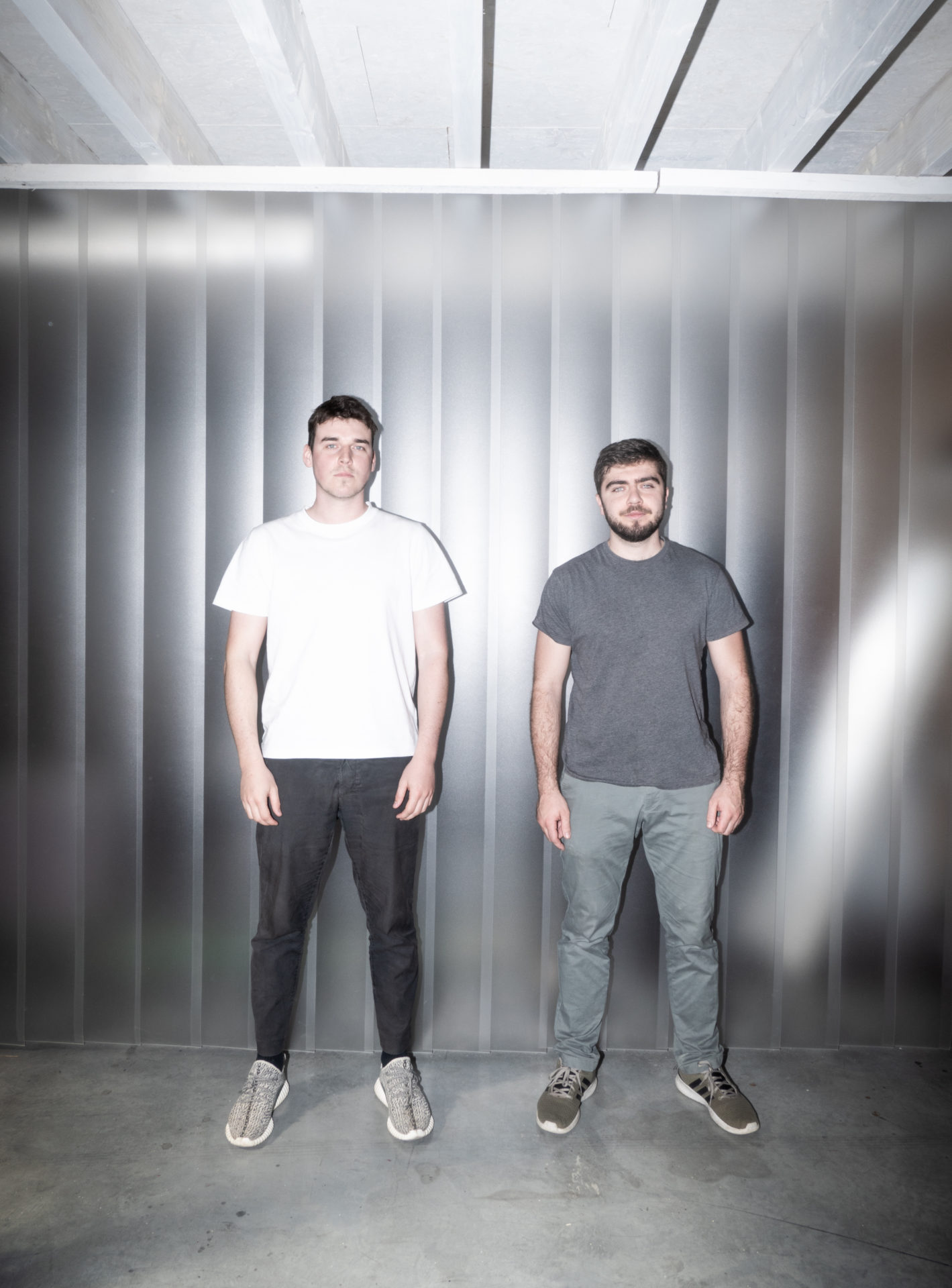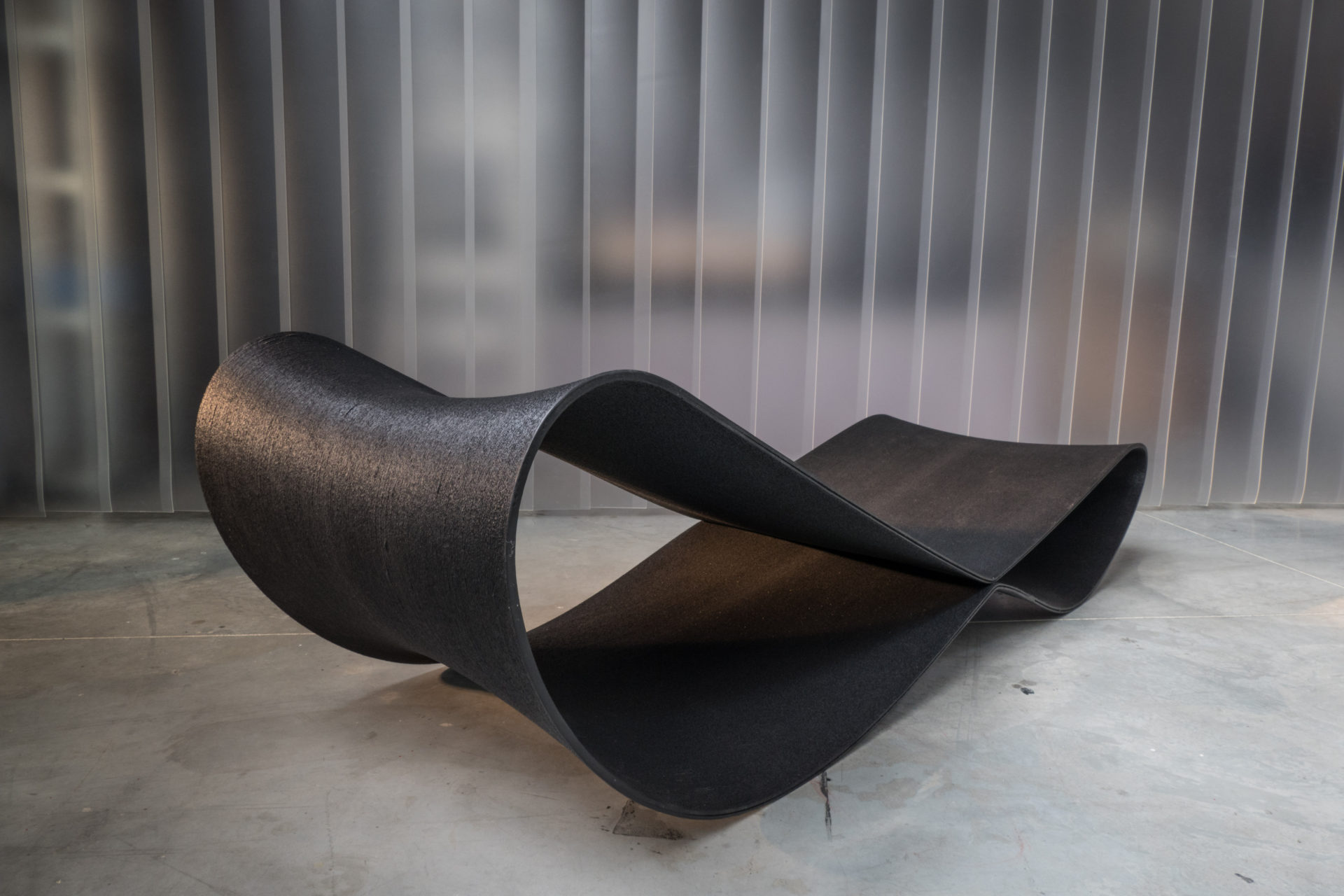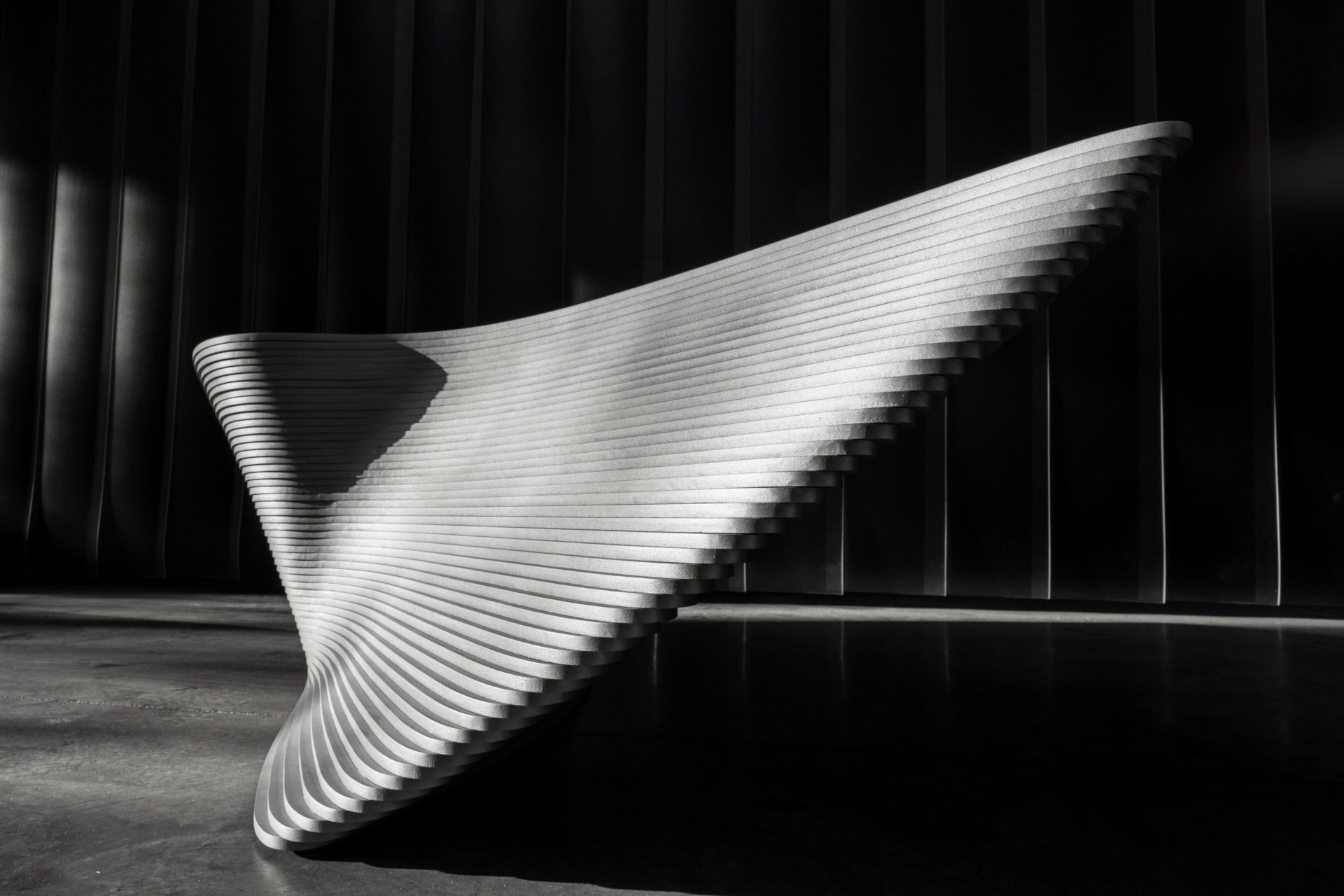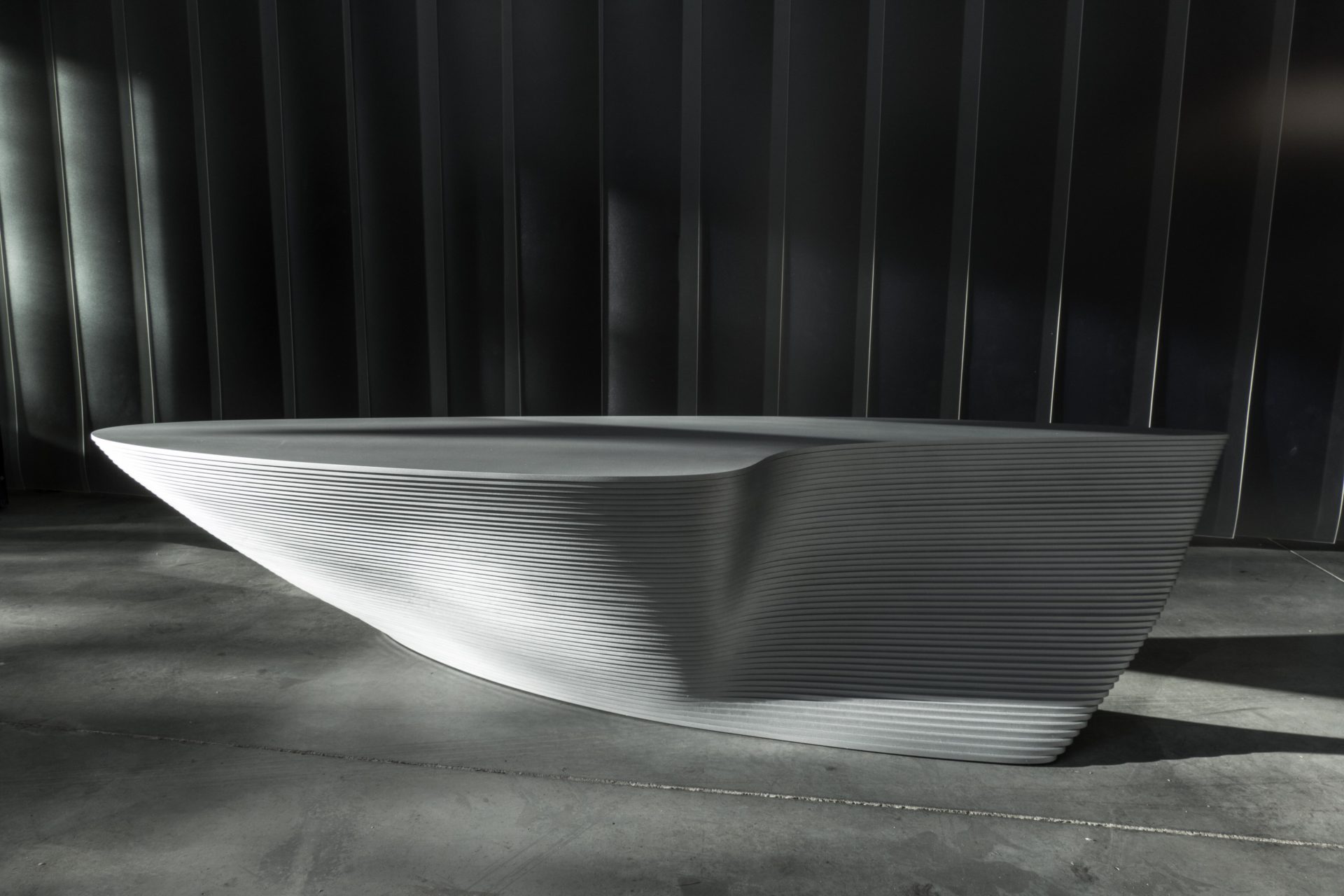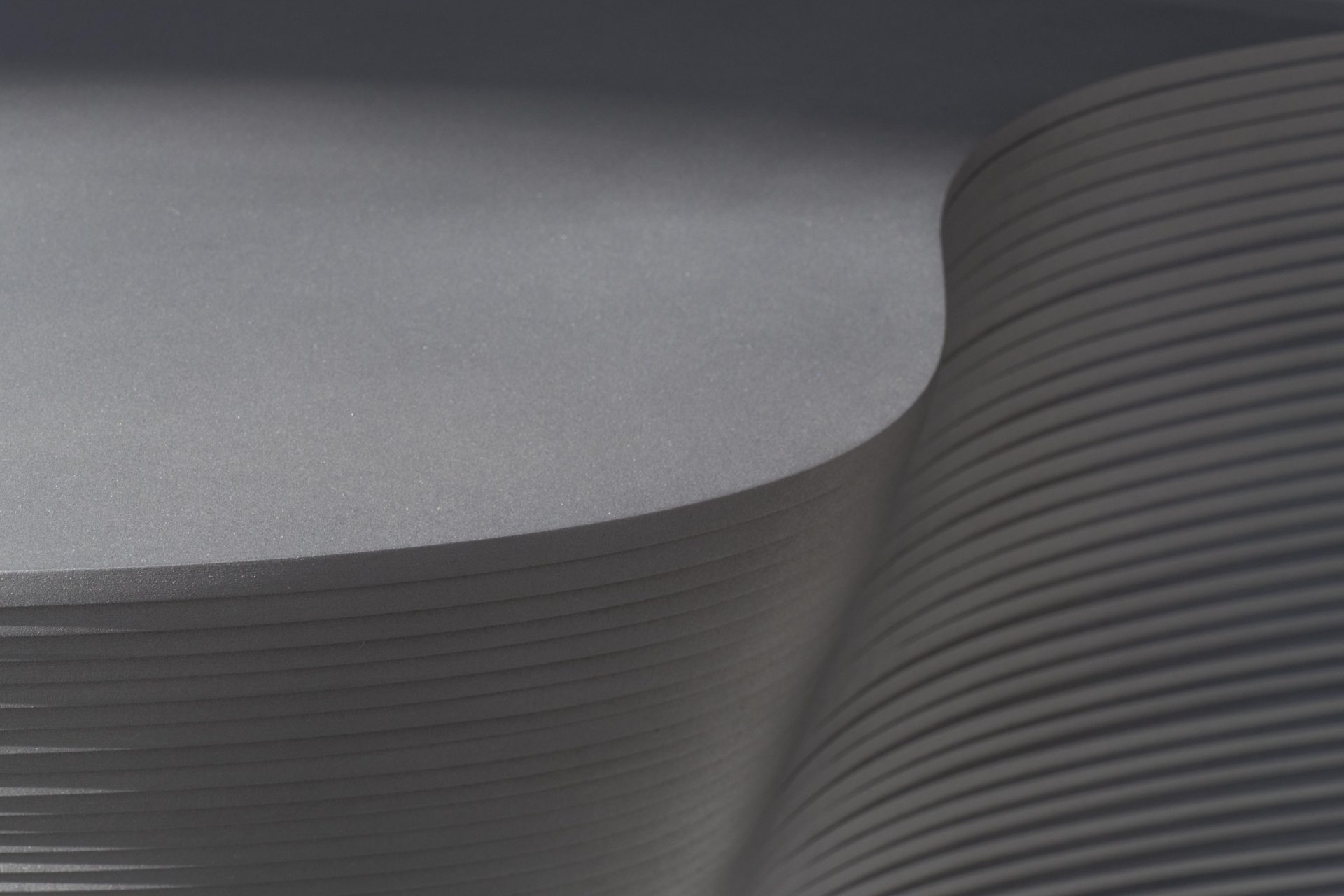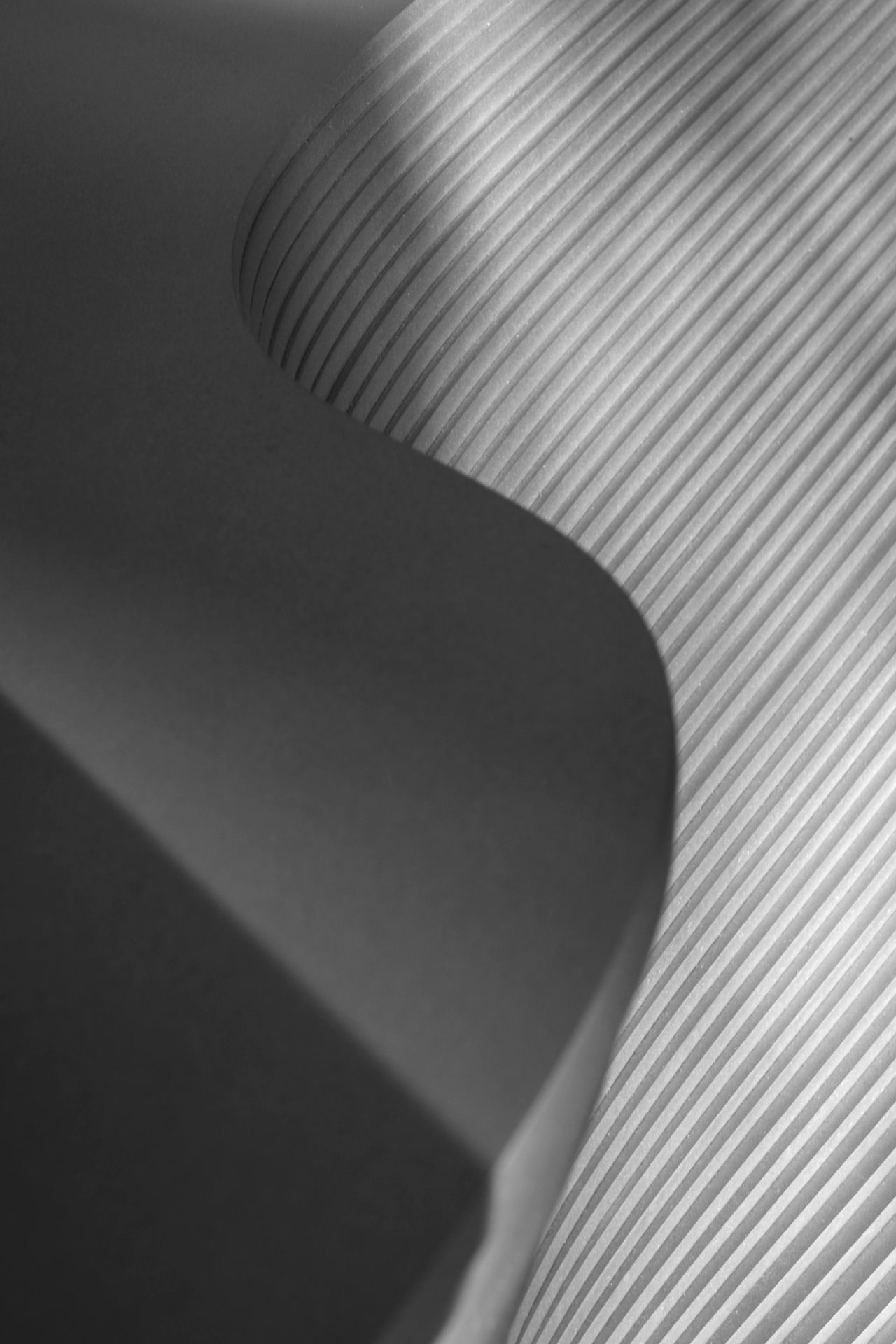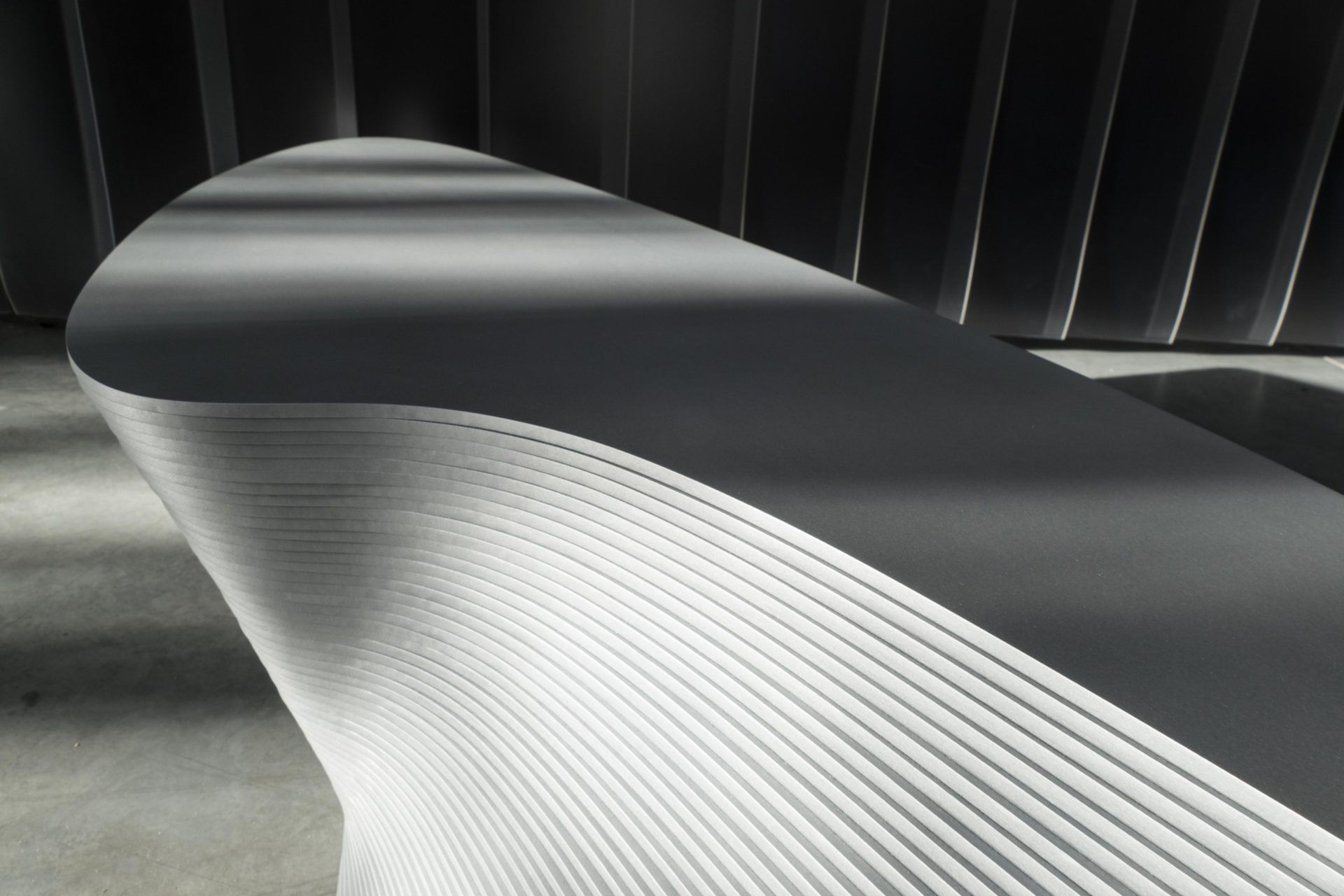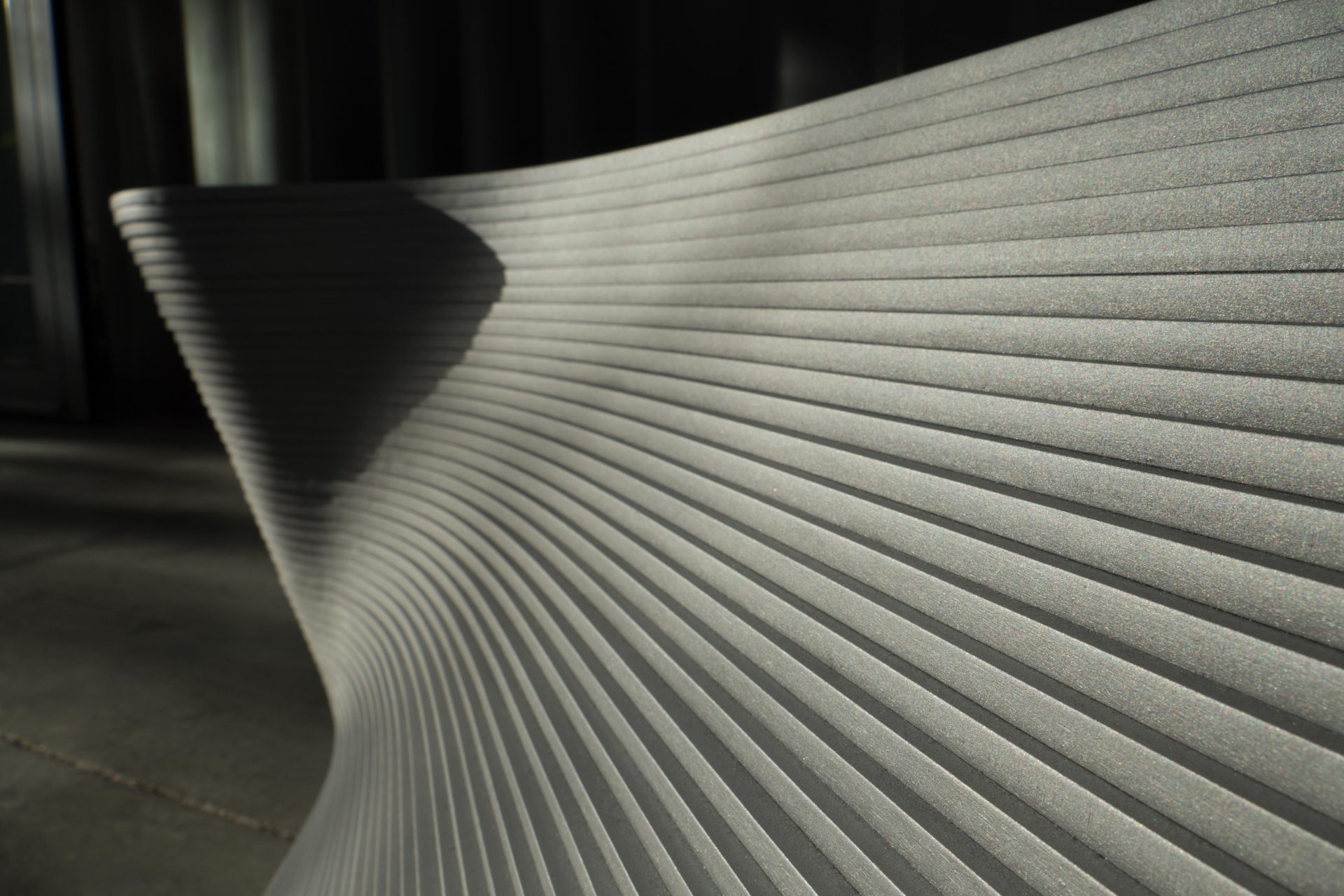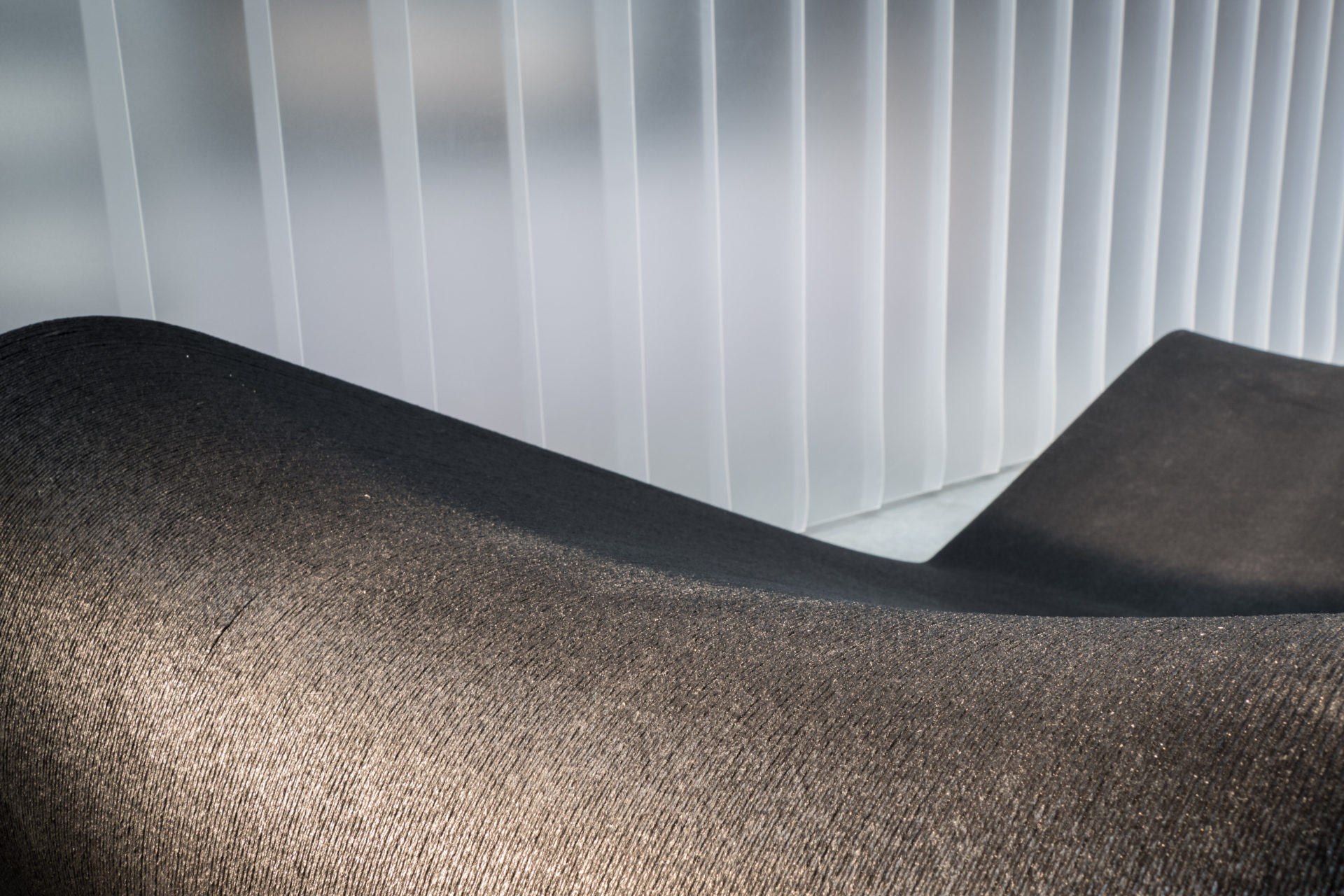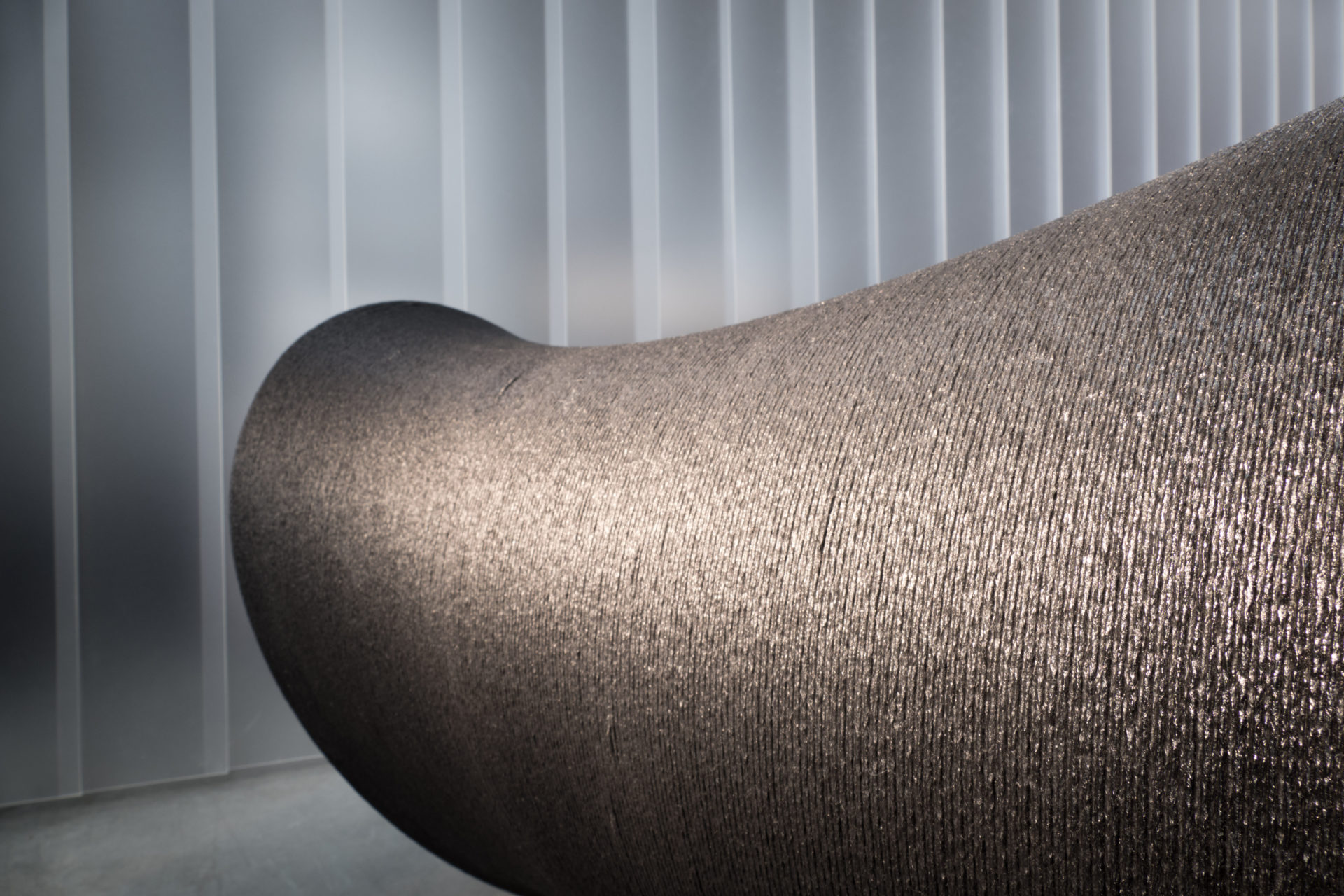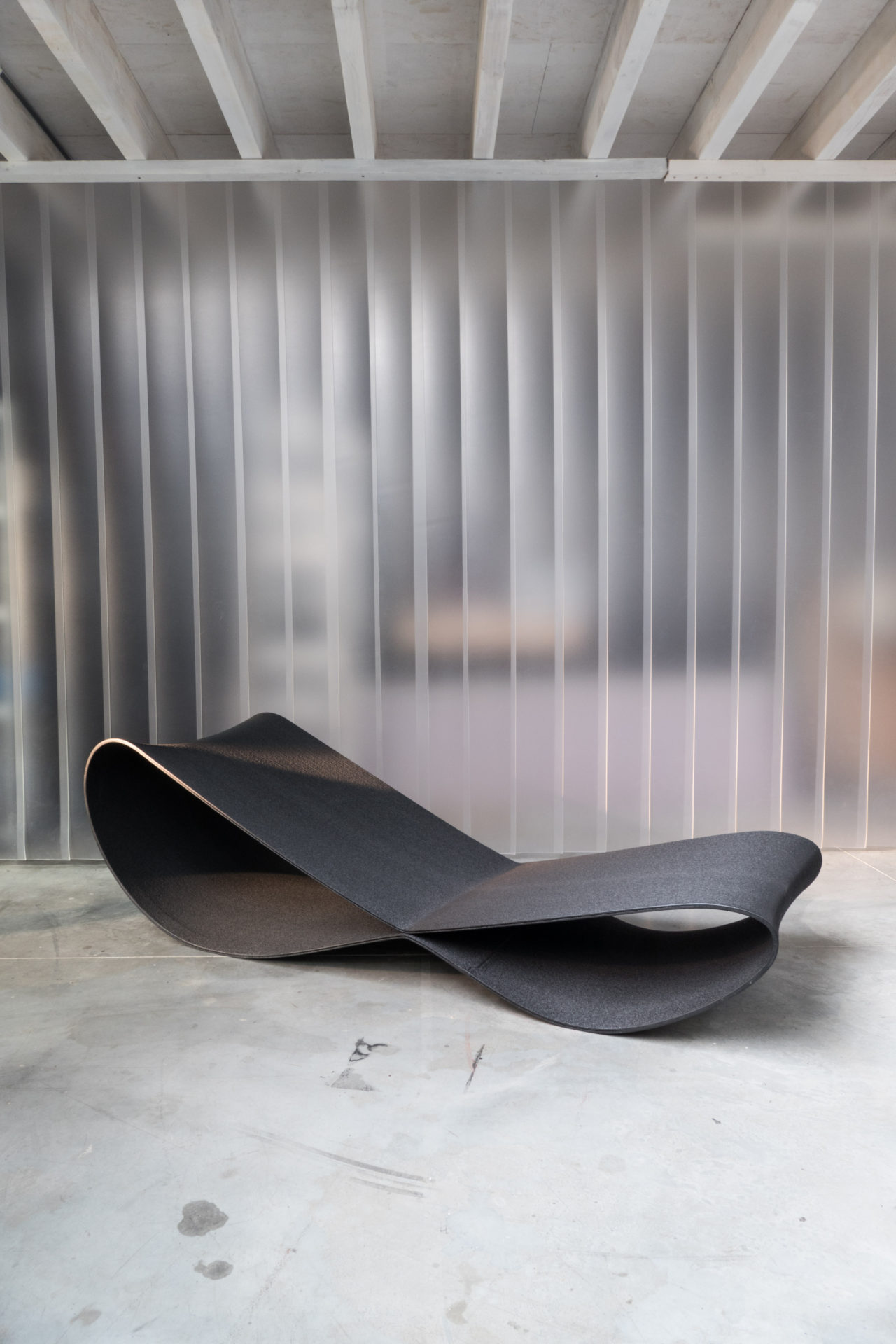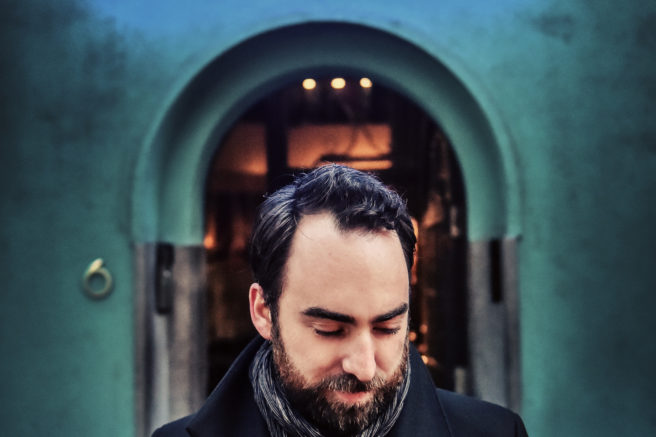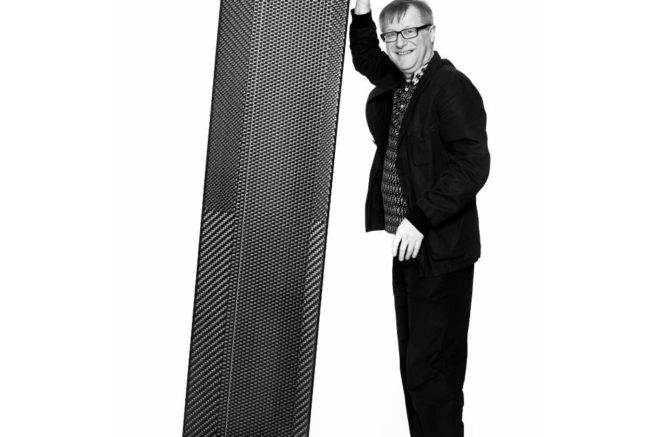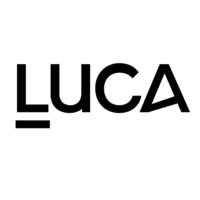Wanderful Loves
Nick Peeters and Simon Van Pottelbergh (1994) studied at the product design department of LUCA School of Arts Genk. Their project .mode is in constant search of a new design language, inspired by technology and nature. In March they presented their first collaborative project, MUSIC_AIDED_DESIGN.mode (MAD.mode) at the Collectible fair in Brussel.
MAD.mode is, as a research project, the objectified form of interdisciplinarity. Peeters and Van Pottelbergh are often addressed because their intriguing sound based designs. It is their dream and trademark to turn what is invisible and intangible into something visible and functional. A portrait of two young designers, and their first steps in the design world.
“Two years ago we started exploring how we could create shapes in a different way. After a long quest into production processes and our own interests, we came to the MAD.mode project. Sound is something invisible and intangible. We are interested in how that looks and how you can render that in a design process. At first, it wasn’t actually our purpose to design pieces of furniture. We were interested in sound, and how that could be visualized. That’s when we came across so many surprising shapes. That is why we tried to use them for functional objects, not to loose their interesting figures.”
“We created a process in which sound can be captured in a 3D shape. Each sound has a different graphic rendering of its own, often with a lot of visual layers. Each form we use is actually just one frequency, so we’re not talking about music here. We visualize this using a laser, and transfer that to a 3D file. It’s about locking up time. The shapes we use for the moment are some of our favorites. We immediately saw they were interesting enough to take into production. They actually form our permanent collection. But it would also be possible if someone would like a commission on a certain sound. Sounds are endless, and allow for eternal research.”
“Our pieces exist in small batches of 8 editions only. But every piece is unique, and has its own imperfections. As our basic shape actually consists of a natural occurring phenomenon, we left those little irregularities and imperfections to exist. It is part of the charm that working with sound brings in the design process. Our table is made out of laser cut aluminum. That allows us to reproduce visual sharp edges. That does a lot of justice to the layers in the design. It looks like one massive piece of metal, which only enlarges the marvel that it is such a light and tactile piece. The chair is a 3D print, which of course also renders the layers quite well. We gratefully use that to show all the dimensions of the frequency. You can actually read the frequency by touching the piece.”
“Collectible was for us the very first time we ever exhibited this project. All other exhibitors were situated in the realm of art design. And of course, that was the case for us as well, but in the end we are actually more interested in the research process we use. Our shapes are rather a mere result of that. We had a lot of great acclaim though. It was a great way for us to test the reactions of the public. People are often attracted by the shapes, which they say look very organic. But it is only when we start explaining the process, when they get really interested. It’s the combination between form and sound that apparently creates a kind of piece.”
“Also in the future we want to keep researching how to turn something scientific or physical into a visible shape. There are many different kinds of invisible things, just for now we chose to work with sound. But there are many things with waves, be it sound waves or brain waves. In the future we will focus on something else. We actually already have some things in the pipeline, because things evolve fast for us for the moment. For example, we are currently working on developing our own 3D printer. As we want to do ourselves as much as we can for the moment. That’s because we are interested in the quest, not necessarily in the production.”
